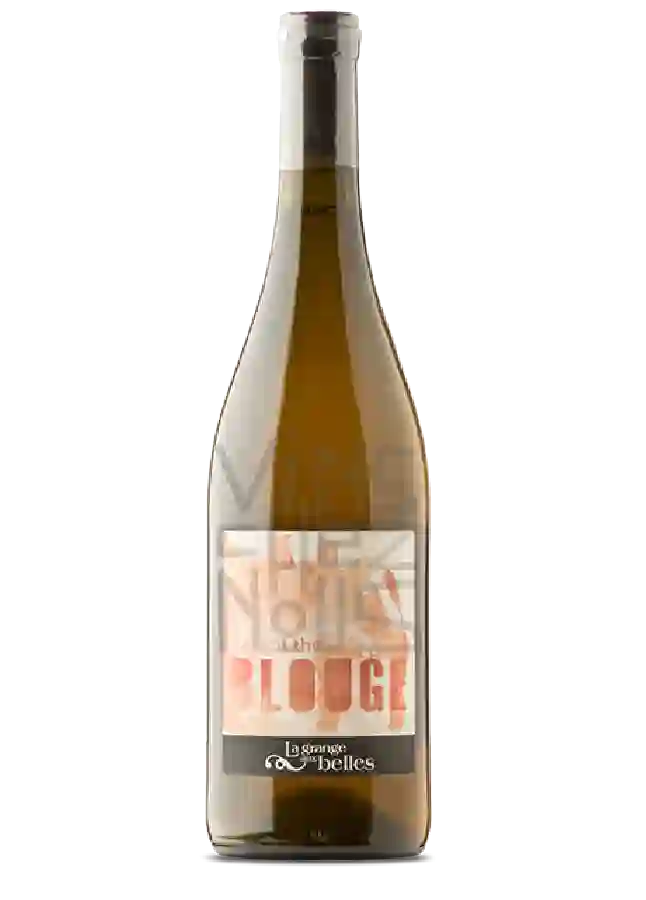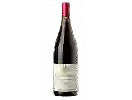
Winery La Grange Aux BellesI've got the Blouge
This wine generally goes well with vegetarian, rich fish (salmon, tuna etc) or shellfish.
The I've got the Blouge of the Winery La Grange Aux Belles is in the top 50 of wines of Loire Valley.
Wine flavors and olphactive analysis
On the nose the I've got the Blouge of Winery La Grange Aux Belles in the region of Loire Valley often reveals types of flavors of apples, orange or yeast and sometimes also flavors of microbio, tree fruit or citrus fruit.
Food and wine pairings with I've got the Blouge
Pairings that work perfectly with I've got the Blouge
Original food and wine pairings with I've got the Blouge
The I've got the Blouge of Winery La Grange Aux Belles matches generally quite well with dishes of rich fish (salmon, tuna etc), shellfish or vegetarian such as recipes of skate wings with black butter sauce, fish pot or quiche lorraine.
Details and technical informations about Winery La Grange Aux Belles's I've got the Blouge.
Discover the grape variety: Autumn royal
Intraspecific crossing between the autumn black and the fresno C74-1 obtained in 1981 in the United States by David W. Ramming and Ronald E. Tarailo. We can meet it in South Africa, in Australia, in Italy, in Spain, ... in France, it is almost not known coming certainly from the fact that its maturity is late. Autumn royal is registered in the official catalogue of table grape varieties list B.
Last vintages of this wine
The best vintages of I've got the Blouge from Winery La Grange Aux Belles are 2015, 2017
Informations about the Winery La Grange Aux Belles
The Winery La Grange Aux Belles is one of of the world's greatest estates. It offers 17 wines for sale in the of Loire Valley to come and discover on site or to buy online.
The wine region of Loire Valley
The Loire Valley is a key wine region in western France. It follows the course of the Loire River on its Long journey through the heart of France, from the inland hills of the Auvergne to the plains of the French Atlantic coast near Nantes (Muscadet country). Important in terms of quantity and quality, the region produces large quantities (about 4 million h/l each year) of everyday wines, as well as some of France's greatest wines. Diversity is another of the region's major assets; the styles of wine produced here range from the light, tangy Muscadet to the Sweet, honeyed Bonnezeaux, the Sparkling whites of Vouvray and the juicy, Tannic reds of Chinon and Saumur.
The word of the wine: Old
This term can have several meanings, but generally refers to a wine that is several years old and has been aged in the bottle after having been in the barrel.














